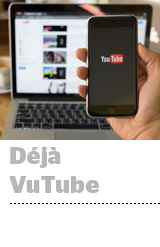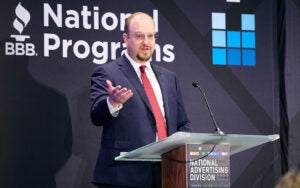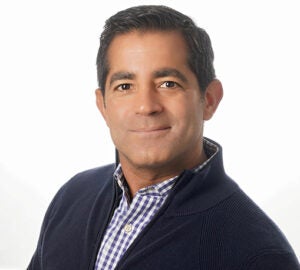 Marketers are reacting differently to YouTube’s latest brand safety flare-up compared to 2017, when scores of global brands suspended YouTube campaigns over ads monetizing violent or offensive videos.
Marketers are reacting differently to YouTube’s latest brand safety flare-up compared to 2017, when scores of global brands suspended YouTube campaigns over ads monetizing violent or offensive videos.
There’s certainly some déjà vu, with Disney, Nestlé’s and McDonald’s halting YouTube spending after YouTube creator Matt Watson showed them advertising on a video that had a comment section riddled with creeps and pedophiles.
But after Watson’s video published Sunday, Google had a call with representatives from all the top holding companies and 30-40 global brands, according to two agency executives who were on the call. But the call wasn’t acrimonious, as the disputes between YouTube and brands were two years ago, both marketers said.
The brand safety issue that surfaced this week was also a marked improvement from 2017. The video itself wasn’t salacious, but featured young girls, and the comment section became a horrific sideshow. So the brands buying ads weren’t directly monetizing the egregious content, like previous budgets going to terrorist cells or Russian propaganda.
Brands that are trying to have a more purpose-driven message and are sensitive to social issues will briefly drop YouTube just to send a message through earned media and to counteract having been named and shamed as an advertiser on the post, according to one agency executive who’s had multiple clients temporarily halt YouTube spending.
And Google’s investments in brand safety have focused on adding human content moderators and improving technology to scan posts for objectionable audio or video, neither of which account for the sewer of the comment section.
But even with Google’s investments, the inability to closely monitor YouTube campaigns makes brand safety failures like this a virtual inevitability, said Adam Heimlich, SVP of media at the ad consultancy GALE Partners.
“When you buy video through the Google stack, you have to create a separate line item for YouTube,” because YouTube doesn’t allow the same MRC-accredited monitoring technology, Heimlich said. “Where we can apply standard ad operations, advertisers catch things before the public does.”
Brands accept a shade of risk when they advertise on platforms like YouTube and Instagram that allow nearly uninhibited posting and commenting, similar to how programmatic buyers accept the reality of online bots, said Jeff Greenfield, co-founder and COO of the attribution tech company C3 Metrics.
The suspension of campaigns during brand safety controversies is more a result of political concerns, either leverage over Google or a response to public outcry, as opposed to measurably reducing ROI, he said.
Google told agency and brand executives on Monday that it has stepped up enforcement in the past year, including adding experts in child safety and psychology, former FBI prosecutors and specialists from the National Center for Missing and Exploited Children, a nonprofit founded and funded by the US Congress.












